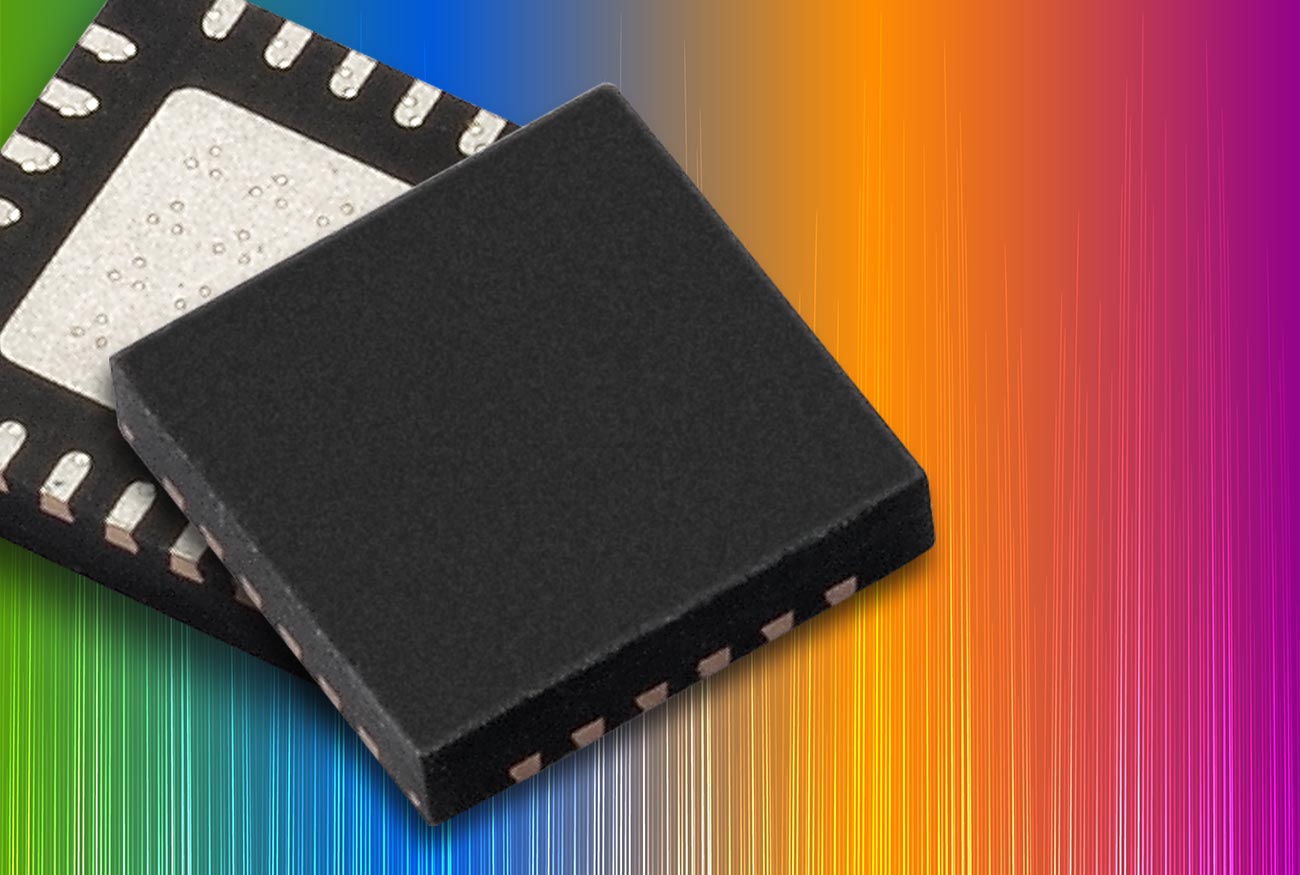Posted: Tuesday, August 22, 2023
The challenges in aerospace technology development are excellent fuel for innovation. For the ERZIA team, it was the strict standard for assembly processes, established by the European Space Agency (ESA), that generated a new method for solving the long-standing problem of QFN thermal cycling.
In our latest paper, we detail this Quad-Flat no Leads (QFN) package assembly method that not only complies with, but also successfully surpasses, these ESA standards.
Published at the 2023 IEEE/MTT-S International Microwave Symposium (IMS), the paper aims to shift the narrative from merely reducing the effects of such Coefficient of Thermal Expansion (CTE) mismatches to addressing the root cause. The new approach combines CTE-adapted design with a tailored assembly method to create a QFN package that is more resistant to thermal cycling.
A few facts, in particular, shaped the early process:
Thermal Cycling Issues Prevented Broad Adoption
Space missions' reliance on QFNs is increasingly evident, especially given the fact that certain indispensable devices are only available in this format. However, the persistent issues QFNs face, especially when subjected to consistent thermal cycling, has historically posed significant obstacles to their wider adoption. These challenges are amplified in the context of Low Earth Orbit (LEO) satellites due to their swift orbital shifts between shadow and direct sunlight, which incurs a wide variation of extreme temperatures.
Past Approach Reproduced Designs
Space technology fundamentally hinges on two pillars: reliability and heritage. It is based on the fact that units are meticulously designed, rigorously tested, and qualified to endure the most adverse environments. The modus operandi has been to leverage proven designs and reproduce them without modifications, ensuring both dependability and cost-effectiveness.
Space-Qualified Power Amplifiers Called for Redesign
The obsolescence of X-Band space-qualified power amplifiers recently prompted an imperative for redesign, presenting unique engineering challenges. Specifically, the only market-available component meeting the exacting electrical specifications was available solely in the QFN package, a format traditionally regarded with skepticism by space agencies as a result of its history of failures.
Design Considerations for QFN Packages
This paper offers a detailed exploration of the intrinsic design intricacies of QFNs, emphasizing the role of the semiconductor die placement and the ensuing encapsulation process. The core challenge arises from the direct soldering of pad-less QFN packages to Printed Circuit Boards (PCBs), which, while favored for microwave frequencies, leaves the assembly vulnerable to stress-induced failures.
Get All Details
Read more about ERZIA’s groundbreaking new packaging method, its underlying principles, and the promising results it has achieved.

Share
